Engraved stone requires precision and the right tools. Two of the most popular options for laser engraving are CO2 lasers and diode lasers, each with distinct advantages. In this blog, we'll explore what Mega CO2 laser vs diode laser are, their differences, and their specific suitability for engraved stones.
What Is a CO2 Laser?
A CO2 laser uses a carbon dioxide gas mixture as its medium to generate a high-powered, infrared laser beam. This type of laser is ideal for engraving and cutting a wide variety of materials, including hard surfaces like stone.
Key Features of CO2 Lasers
-
High Power Output: Ranges from 40W to 150W, suitable for engraving dense materials like granite or marble.
-
Versatility: Works well on wood, acrylic, leather, and stone.
-
Precision and Speed: Capable of producing intricate designs quickly.
-
Applications: Perfect for industrial use, professional crafts, and bulk production.

The Monport Mega CO2 Laser exemplifies these features with its 70W power, 1000mm/s speed, and 0.01mm accuracy, making it an excellent choice for engraving stones.
What Is a Diode Laser?
A diode laser is a solid-state laser that uses semiconductors to generate a focused beam of light. It is compact, portable, and designed for lighter engraving tasks.

Key Features of Diode Lasers
-
Lower Power Output: Typically ranges from 5W to 15W, making it suitable for engraving softer materials like slate or wood.
-
Portability: Lightweight and easy to use anywhere.
-
Affordability: More budget-friendly compared to CO2 lasers.
-
Applications: Ideal for hobbyists and small-scale projects.

The Monport Diode Laser is a great example, with its 6W power, 800mm/s speed, and ability to engrave on multi-angled surfaces.
CO2 Laser vs. Diode Laser: Key Differences
| Feature |
CO2 Laser |
Diode Laser |
| Power |
40W–150W, ideal for hard materials like stone |
5W–15W, best for softer materials like slate |
| Speed |
Faster, up to 1000mm/s |
Slower, up to 800mm/s |
| Precision |
High (0.01mm accuracy) |
Moderate (0.05mm accuracy) |
| Material Suitability |
Hard materials: stone, glass, metal |
Soft materials: wood, leather, plastic |
| Portability |
Desktop setup |
Lightweight and portable |
| Cost |
Higher ($3,999 for Mega CO2 Laser) |
Lower ($599.99 for Monport Diode Laser) |
Why Choose the Mega CO2 Laser for Engraved Stones?
The Mega CO2 Laser is designed for professional-grade engraving on dense materials.
Advantages for Stone Engraving
-
Powerful 70W Output: Easily engraves dense stones like granite and marble.
-
High Precision: 0.01mm accuracy ensures intricate designs.
-
Batch Processing: Supports high-precision vision recognition for bulk engraving.
-
Durability: Enclosed guide rails and advanced air duct system ensure long-term reliability.
Best Uses
- Personalized memorial stones
- Stone plaques and signage
- Decorative stone art
Why Consider the Diode Laser for Stone Engraving?
The Monport Diode Laser is a lightweight, budget-friendly option for lighter engraving needs.
Advantages for Stone Engraving

-
Affordable Entry Point: Perfect for beginners and small businesses.
-
Compact and Portable: Easy to transport for on-the-go engraving.
-
Versatile Applications: Handles softer stones like slate and other materials.
Best Uses
- Custom stone coasters
- Small decorative items
- Portable engraving projects
FAQs About CO2 and Diode Lasers
Q: Which laser is better for engraving dense stones?
The Mega CO2 Laser is the clear winner due to its higher power output and precision.
Q: Can diode lasers engrave hard stones?
Diode lasers are better suited for softer stones. Hard stones like granite may require multiple passes and could still lack depth.
Q: Are CO2 lasers worth the higher cost?
Yes, if you need a professional-grade machine for high-quality, bulk engraving on dense materials.
Q: Which laser is easier to use for beginners?
The Diode Laser is more beginner-friendly due to its portability and lower complexity.
Maintenance and Troubleshooting Tips for Both Lasers

CO2 Laser
-
Lens Cleaning: Keep the lens free of debris for accurate engraving.
-
Air Duct Maintenance: Ensure smoke and dust are efficiently exhausted.
-
Guide Rail Cleaning: Prevent dust accumulation for smooth operation.

Diode Laser
-
Focus Adjustment: Regularly check and adjust the focus for optimal results.
-
Protective Shield Cleaning: Keep the protective shield clear for precise engraving.
-
Software Updates: Ensure your engraving software is up-to-date.
Conclusion: Choosing the Right Laser for Your Needs
The choice between the Mega CO2 Laser vs. Diode Laser for engraved stone depends on your project requirements:
- Opt for the Mega CO2 Laser if you need high power, precision, and durability for dense materials and large-scale projects.
- Choose the Diode Laser for portability, affordability, and lighter engraving tasks.
Investing in the right laser can elevate your engraving capabilities and ensure professional-quality results every time.



























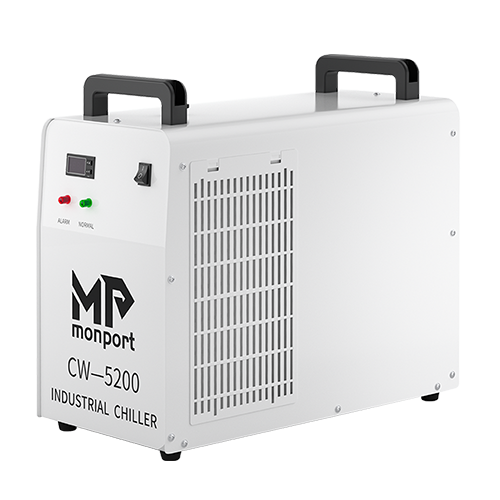
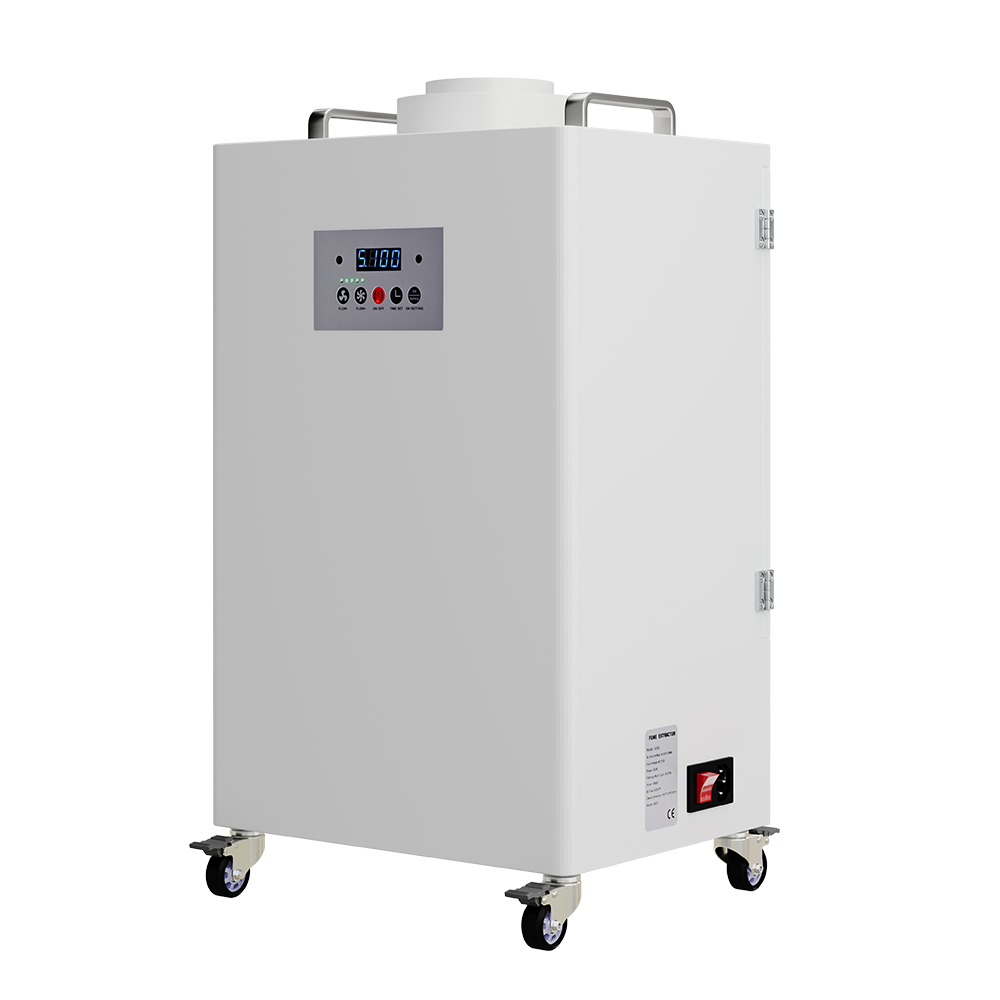
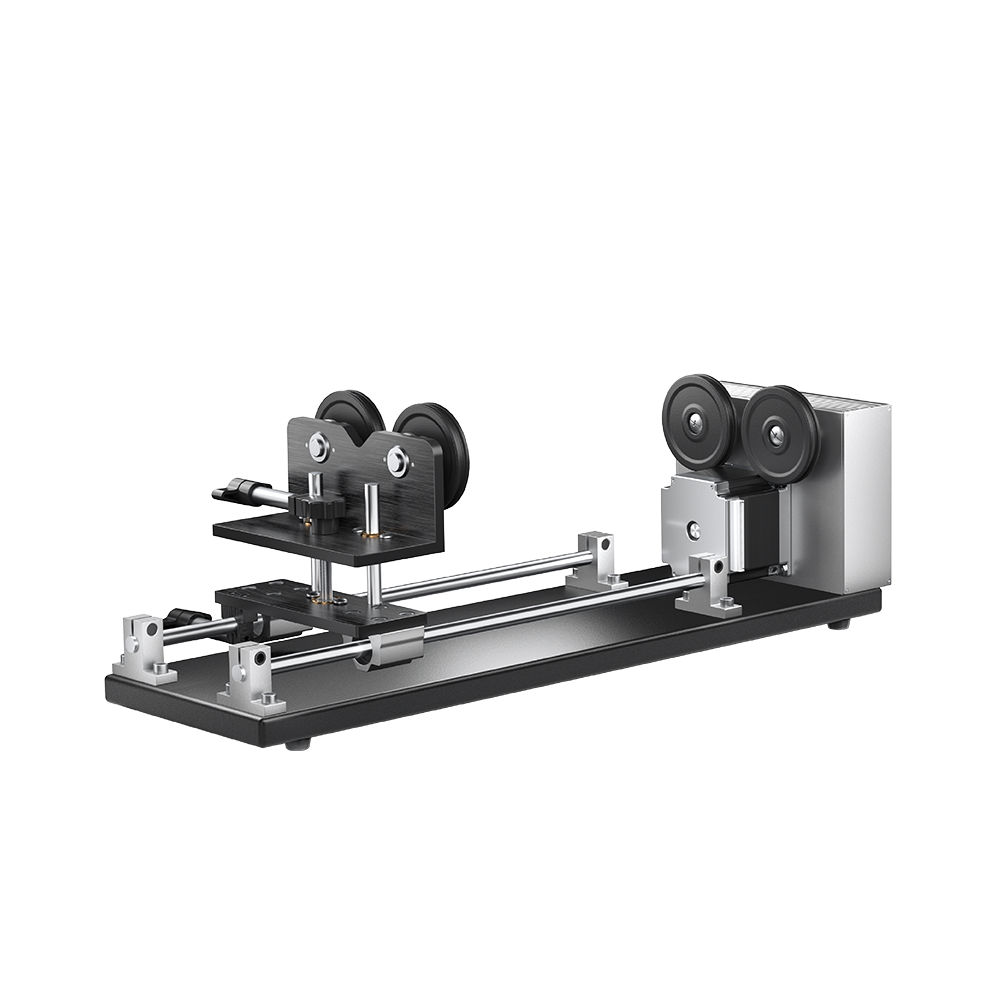
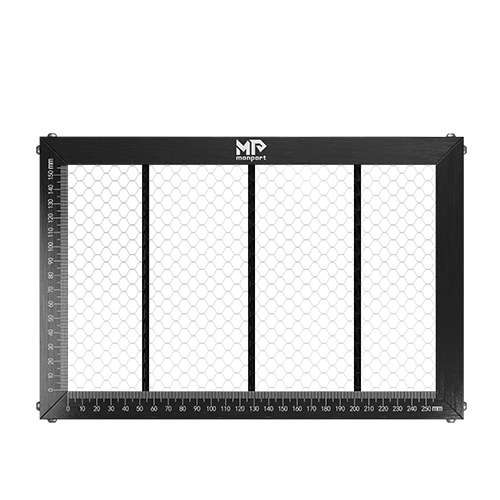
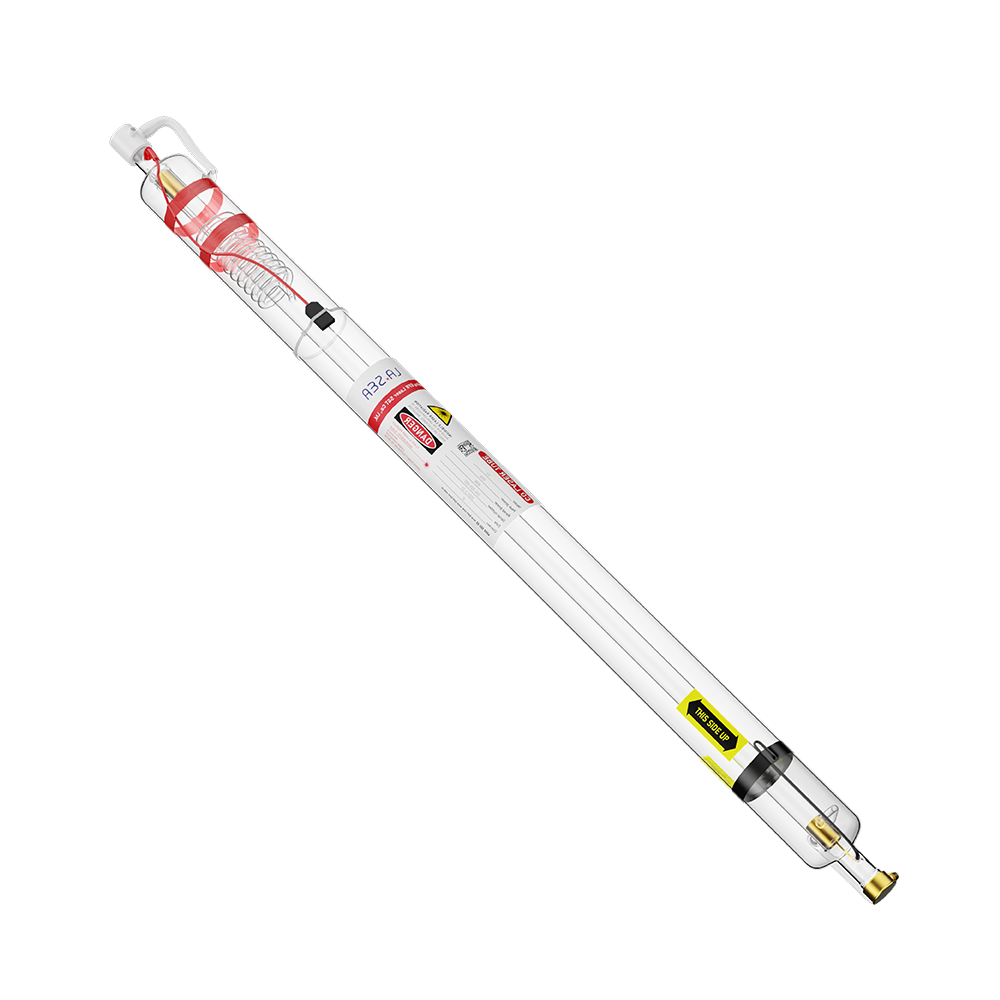
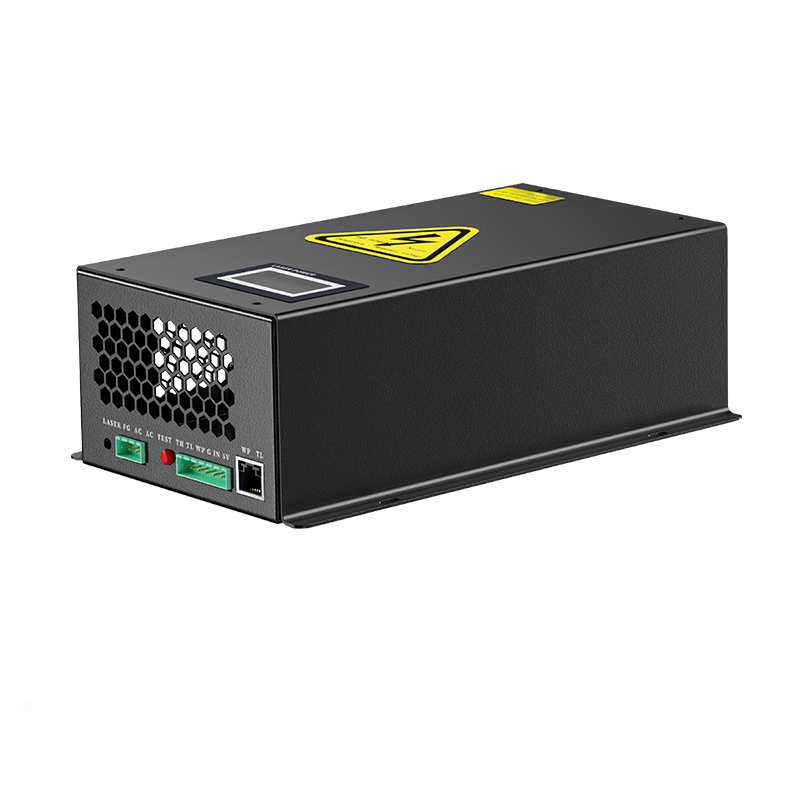






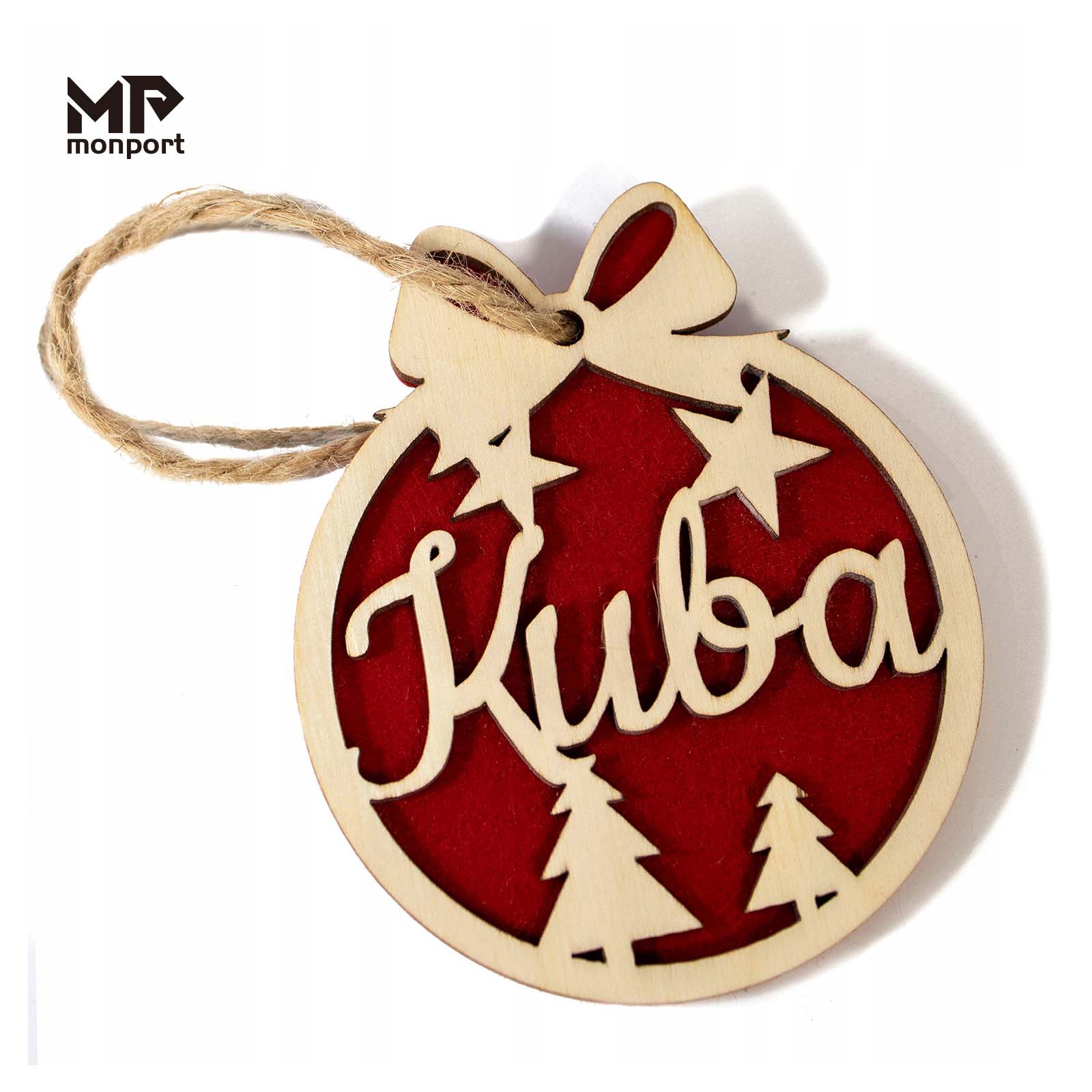

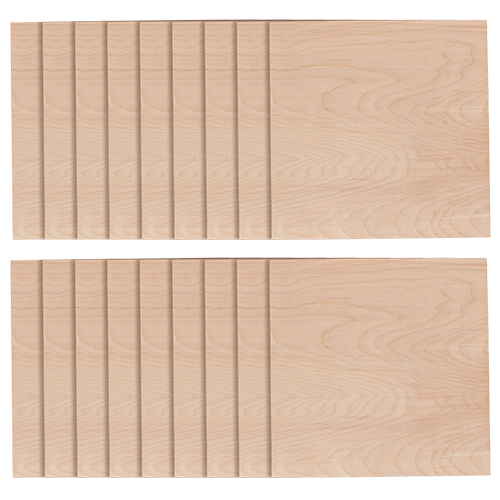
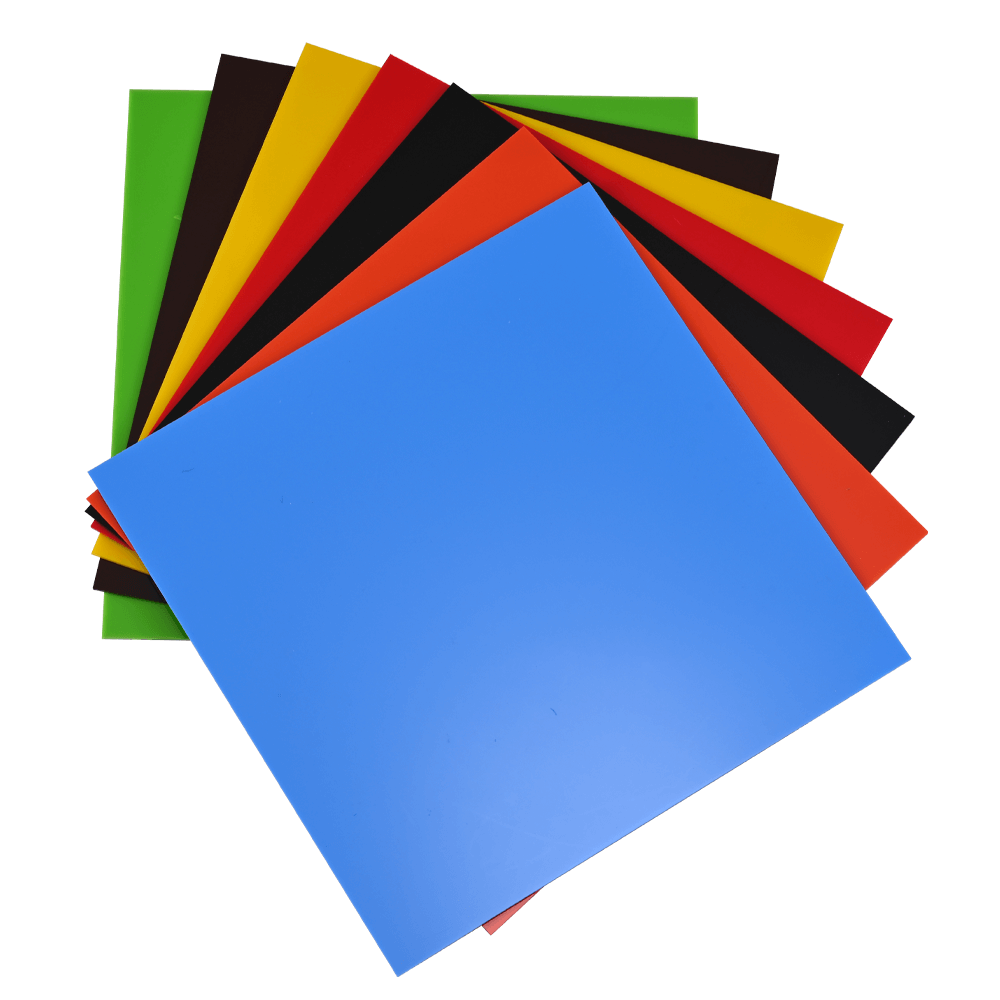













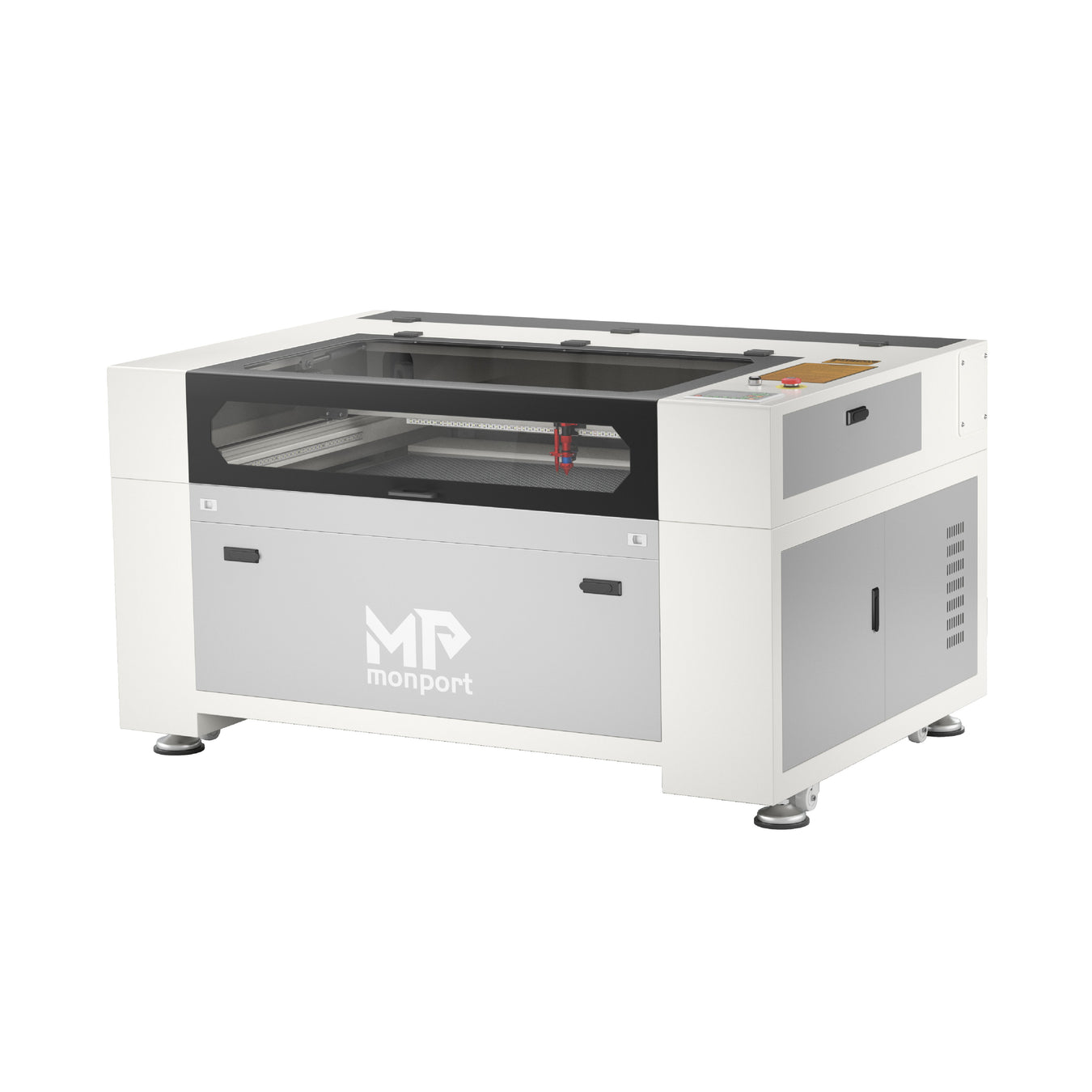
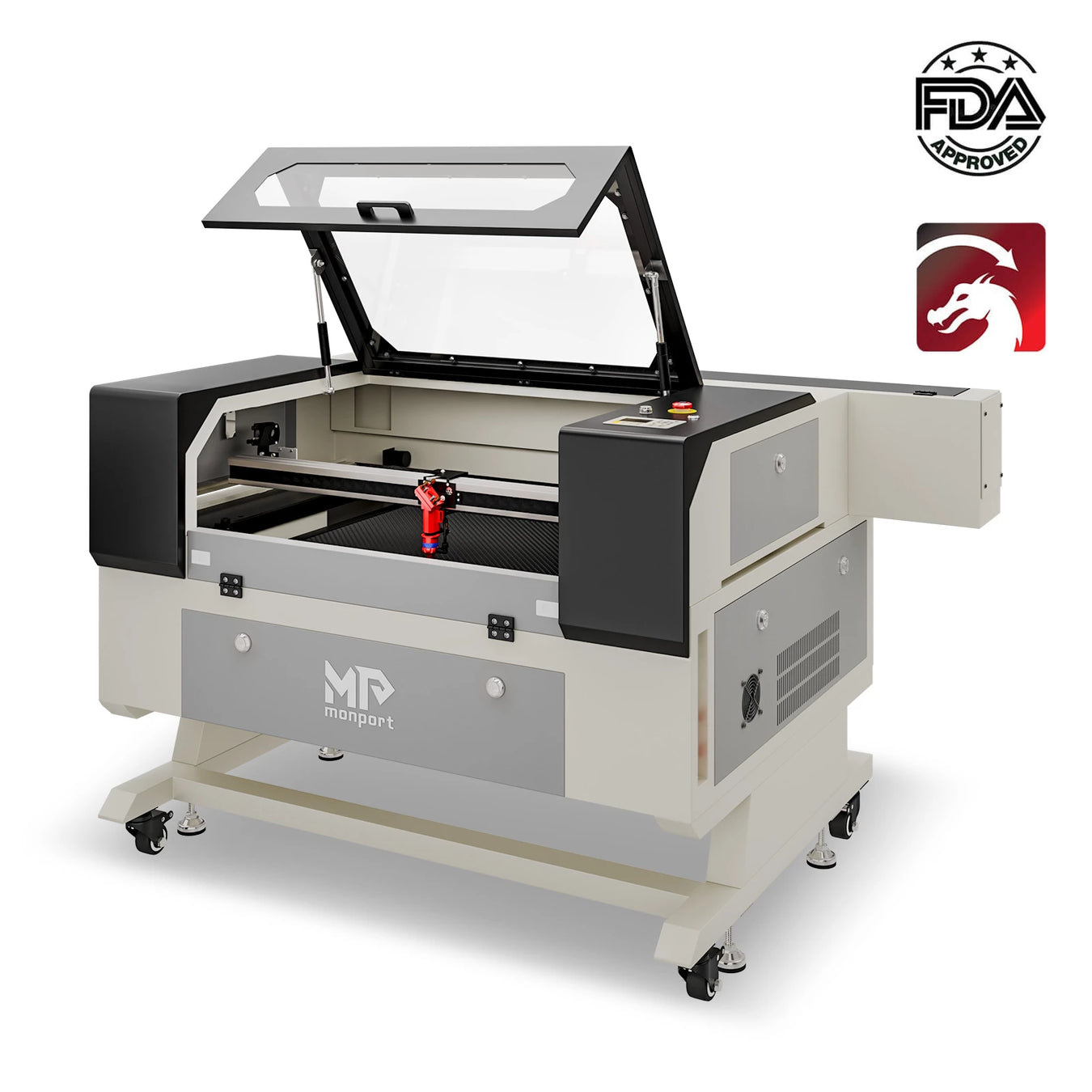
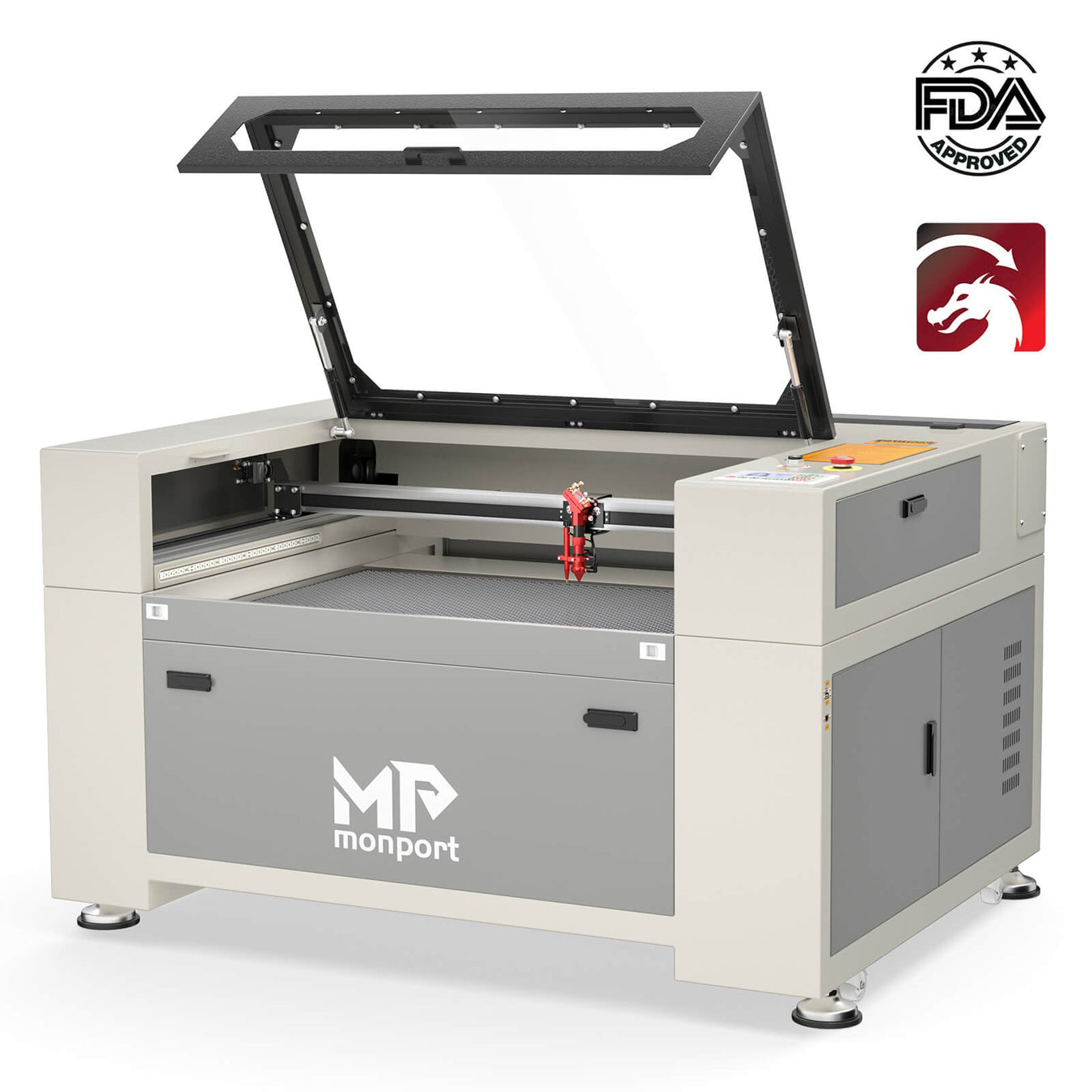

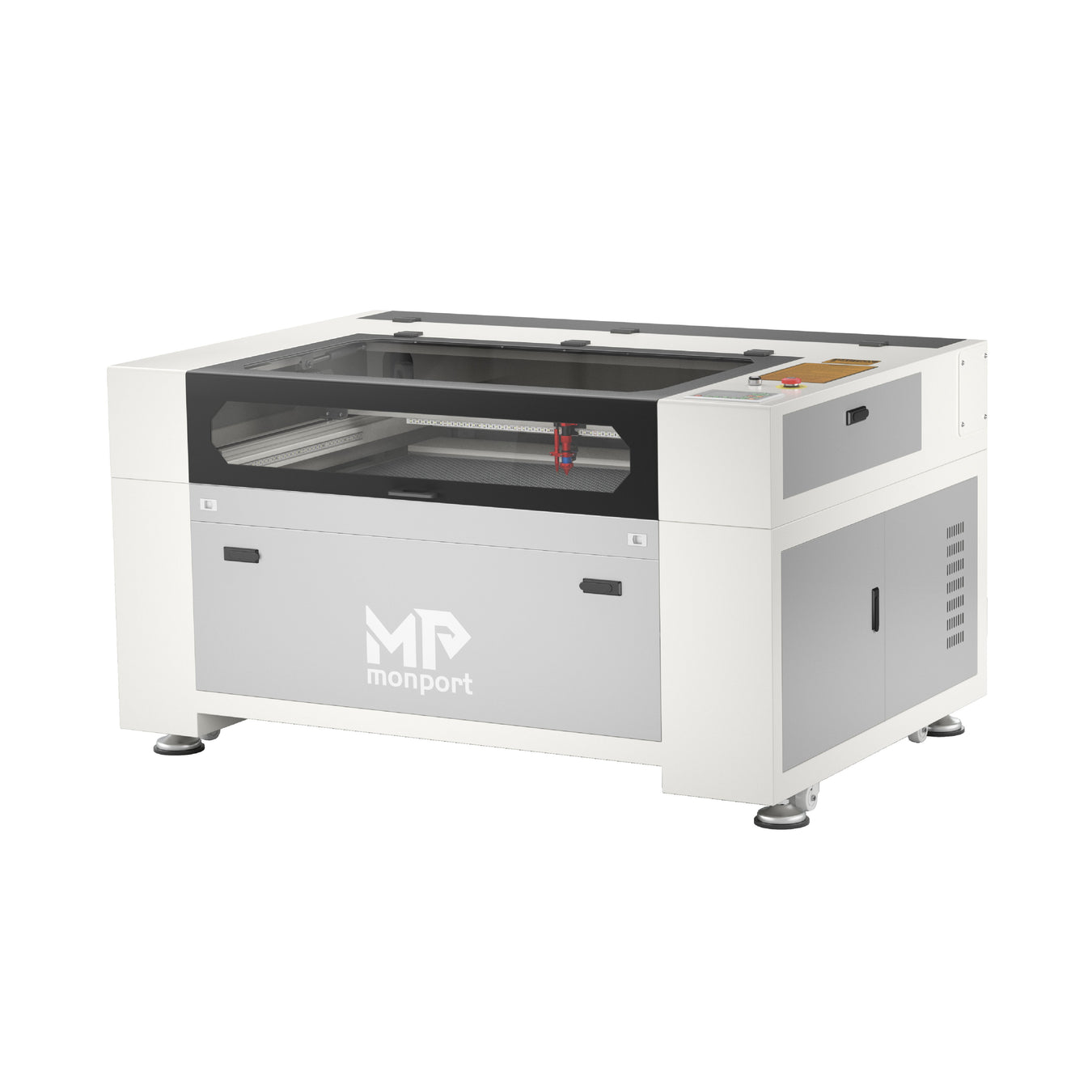
Leave a comment